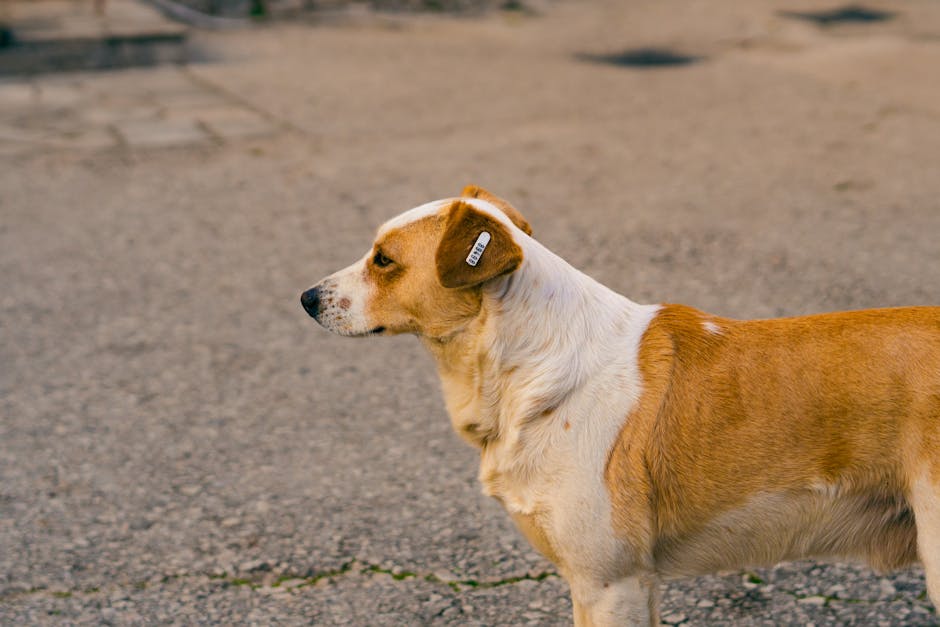Why Did the Supreme Court Intervene?
In a landmark directive addressing a growing national concern, the Supreme Court of India has ordered municipal authorities to take immediate action to remove stray dogs from the premises of sensitive public spaces like schools, hospitals, and bus stands. The order comes in direct response to what the court described as an “alarming rise in dog bite cases,” throwing a spotlight on the long-simmering conflict between public safety and animal welfare.
The apex court’s bench, while hearing a series of petitions, acknowledged the palpable fear and tangible danger that has gripped communities nationwide. With the increasing frequency of stray dog attacks, a daily sense of anxiety has become the norm for children in schoolyards, patients seeking care, and commuters waiting for transport. The court’s intervention underscores a fundamental priority: the safety of citizens, especially the most vulnerable, cannot be compromised. This directive reflects the grim reality on the ground, where a recent surge in reported incidents has led to serious injuries and, tragically, even fatalities.
The ‘Removal’ Mandate: A Public Safety vs. Animal Welfare Debate
The court’s use of the word “removal” is now at the center of a heated debate. For concerned citizens and victims’ families, it’s a welcome and necessary step towards reclaiming public spaces. However, for animal rights activists, it raises immediate red flags. They argue “removal” could be misinterpreted by ill-equipped civic bodies, potentially leading to inhumane culling or irresponsible relocation, which merely shifts the problem.
The established legal framework, primarily the Animal Birth Control (ABC) Rules, 2023, advocates for a scientific and humane approach: sterilizing, vaccinating, and returning dogs to their territories. Activists contend that the failure lies not in the policy but in its poor implementation. The root causes of the burgeoning dog population, they argue, are a lack of funding, inadequate sterilization infrastructure, and poor waste management which provides a food source for strays.
Implementing the Order: The Challenge for Civic Authorities
The Supreme Court‘s order places an immense responsibility on municipal corporations. They are now tasked with navigating this complex issue, balancing the court’s explicit directive for safety with the legal and ethical mandate for compassion towards animals.
The immediate challenge will be logistical. Key questions arise:
* Do our cities have enough well-managed shelters to house the dogs that are removed?
* Are there enough trained personnel to carry out this process humanely and effectively?
This ruling compels authorities to move beyond temporary fixes and invest in sustainable, long-term solutions and infrastructure.
A Path Forward: Balancing Safety and Compassion
This is a pivotal moment in India’s struggle with human-animal conflict. The Supreme Court has sent a clear signal that while the rights of animals are important, the right of a child to walk to school without fear is paramount.
However, the ultimate solution will not be found in removal alone. A multi-pronged strategy is essential, including:
* Aggressive and widespread sterilization drives.
* Robust public awareness campaigns on responsible pet ownership.
* Efficient garbage disposal to limit food sources.
* The creation of dedicated feeding zones away from high-traffic public areas.
The Supreme Court has drawn a line. Now, all eyes are on the civic authorities to implement this order with the efficiency, sensitivity, and foresight it demands.




